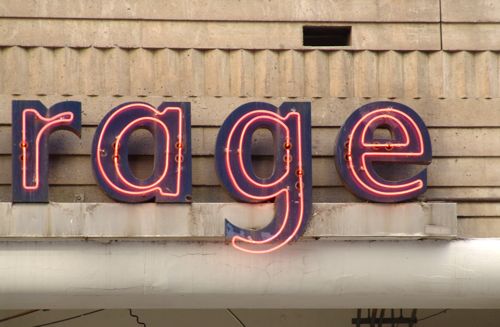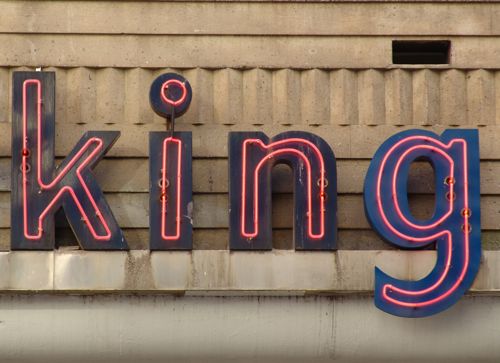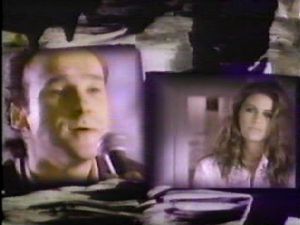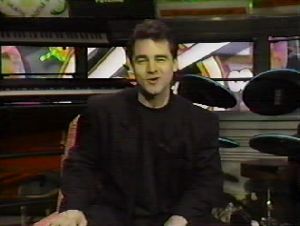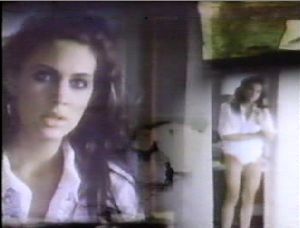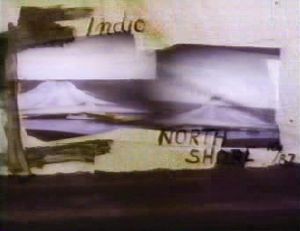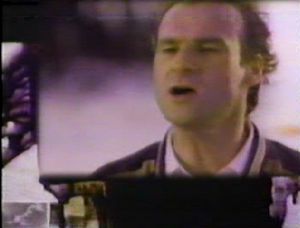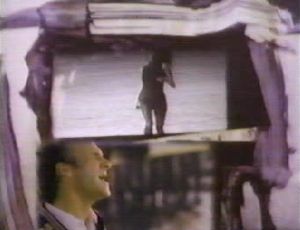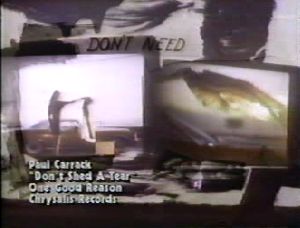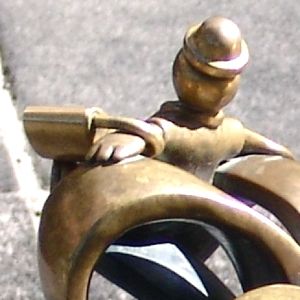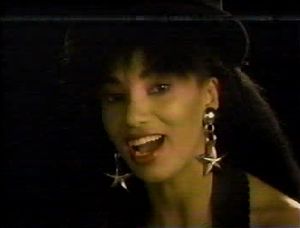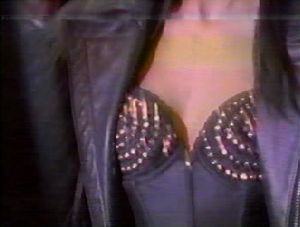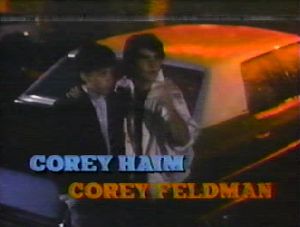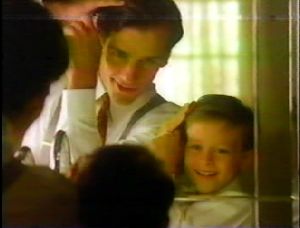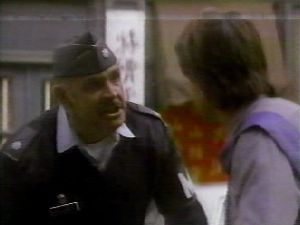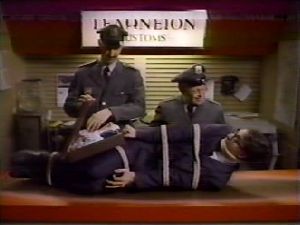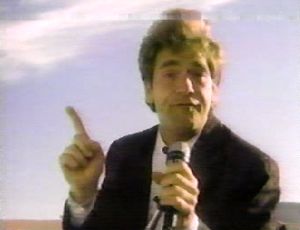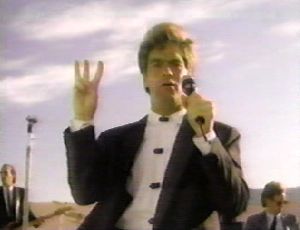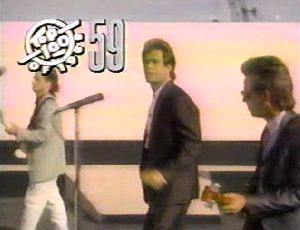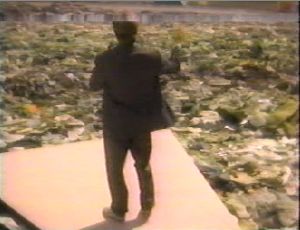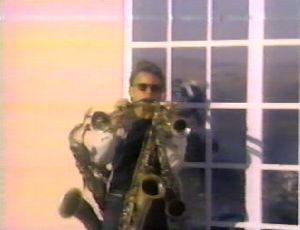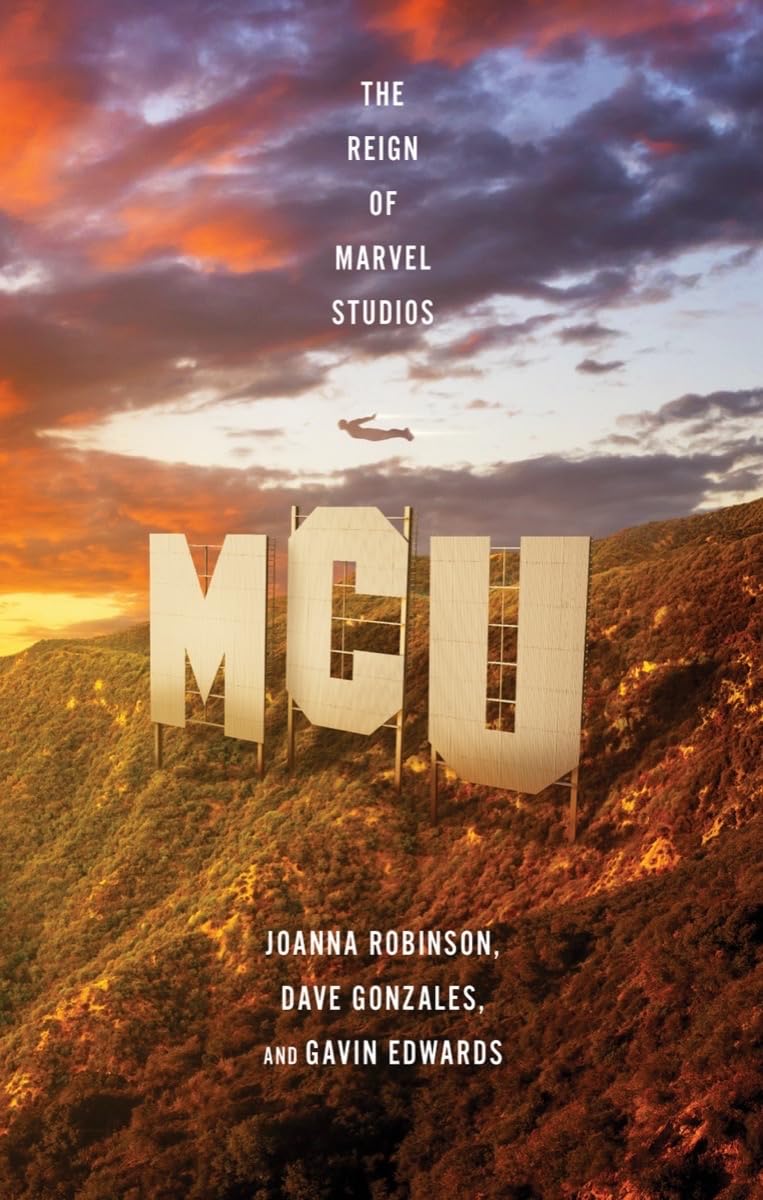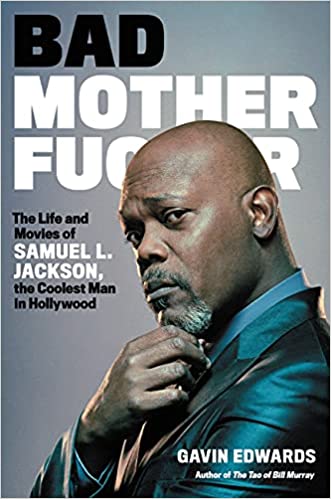(New to the countdown? Catch up here.)
Three ways to look at Paul Carrack’s career: (1) He’s a second-tier Brit singer for hire, working with middlebrow acts that ranged from the good (Squeeze) to the craptastic (Mike + the Mechanics). (2) All those painful collaborations with Roger Waters and Don Felder just subsidized Carrack’s secret calling as a hipster, letting him play keyboards with Roxy Music, Nick Lowe, the Pretenders, and the Smiths. (3) He’s part of a controlled experiment to show what Daryl Hall’s life would have been like if he had never met John Oates: a white soul singer with good chops who drifted from project to project, never finding a mustache to call his own.
We return from the commercial break to find Carrack sitting at an electric piano, playing a pretty good solo version of Mike + the Mechanics’ “Silent Running,” a #6 hit from 1986 that he sang lead vocals on. Given that the group is the side project of a Genesis guitarist, a certain amount of geeky sub-Heinleinisms might be expected in the lyrics, but really–“Believe in me / I’m with the high command”?
We cut to Kevin Seal, sitting down in front of an electronic drum kit. “The very soulful Paul Carrack,” he says, “tinkling the plastics on our studio Korg Sampling Grand,” dutifully plugging the brand name. “Eighty-eight was a good year for Paul Carrack: he continued to get hits off his third solo album, he had a collection of hits put out, The Carrack Collection, which is some of his best work over the years from the many groups he’s been associated with. A new Mike and the Mechanics album came out, The Living Years, he plays on that, he’s going to go on tour in ’89. He was in that hit comedy, Buster. No, who am I thinking of?” Seal puts his palm against his forehead. “The other guy.”
When the video opens, a luscious young female model is behind the wheel of a large American car: several pearl necklaces hang from the rear-view mirror. She wearily leans her head back, and suddenly the image is one of two on the screen, framed by blotches of paint and the words “El Centro” and a crossed-out “North Shore 10/87.” The technology that made this possible is probably the same that was used to hang images on clothing lines in the Belinda Carlisle video, but the conceit here is that it looks like a fashion photographer’s diary with Polaroids pasted in–we’re just getting a peek at a beautiful girl wandering around California, just north of the Mexican border.
The camera pans over a small sun-baked town. We get two simultaneous shots of the model, whose hair now looks darker–she’s wearing a man’s white shirt and not much else. In both close-up and a wide shot, she slams the door to a motel room.
Then we’re inside the car, with the windshield wipers going: according to the handwriting on the screen, we are now in Indio, which is about eighty miles north of El Centro, on the other side of the Salton Sea (and coincidentally, next to Coachella of festival fame). Two video panels show similar vistas of California desert. The model drives. She rests her left knee against the car door and doesn’t pay much attention to the road.
Carrack starts singing, and twenty-five seconds in, the director can no longer avoid the fact that his video is supposed to star a thirty-seven-year-old semi-fashionable Brit with thinning hair. Carrack stands in front of a pier, wearing what appears to be a black-and-yellow varsity jacket, and aggressively bobbing his head.
The model gets out of the car. It’s a big orange American mid-century boat of a vehicle. She preens in a gas station parking lot, in front of a hand-made sign promising ice-cold beer and soda and (presumably room-temperature) cigarettes. She looks like she’s waiting for somebody to deliver whatever water was fashionable for two weeks in early October 1987. If this video had been made today, she’d be on her cell phone.
Carrack keeps singing. He looks like the cool dad at the high-school basketball game. Somebody’s given him a microphone on a stand, which helps sell the notion that he’s not just some guy who wandered on camera at the video shoot. Carrack stops the head-bobbing and moves his shoulders forward rhythmically, one at a time, switching from side to side as if he were a Raelett.
The model wanders around aimlessly, through the plastic strips of an unused car wash. She checks herself out in a mirror, and then gets in the car and drives some more. We next see her on a beach, peering around with one hand shielding her eyes from the sun. For no apparent reason, she starts running on the sand, revealing that she’s wearing a tight black sleeveless top and sheer black stockings. Despondent over her failure to pack appropriate beachwear on her vacation, she falls to her knees in the sand.
In most of this video, there’s two shots going on simultaneously, usually of the model, but sometimes Carrack elbows his way in too. Model outfit #4: black dress with white polka dots, with a flimsy black scarf wrapped around her head. She stands around someplace vaguely industrial, with puddles and telephone poles. The wind blows in her hair, and then she covers her face with the scarf.
This song, by the way, is utterly forgettable. Neither the melody nor the lyrics (a kiss-off to a bad love affair) are memorable, and the whole thing is so overproduced, it just slides off your ears and makes a nasty stain on your shirt. Carrack’s sings, “Don’t shed a tear for me / My life won’t end without you,” but the model looks like she’s having a good time, not giving him a second thought.
Carrack reaches the bridge: the director takes the opportunity to do a quick montage of all the model’s various outfits so far. Then the model pulls up to what appears to be the takeout window of a closed Dairy Queen. She gets out of the car, now wearing a spaghetti-strap little black dress, and leans against the DQ, tossing her hair around, wondering why nobody’s bringing her food.
We head for the fade, and the model is asked to look tearful, presumably to tie her experiences in with the title. It doesn’t work, partially because she’s not a very good actress, partially because it makes more sense for this bad-news betty not to care, partially because Carrack looks more like her dad than her estranged lover.
The video ends with the model dangling a pair of pants that have been lit on fire. They’re burning pretty well, so they’ve been soaked in gasoline–or they’re polyester and she’s about to keel over from the fumes. She dangles them from her right hand, then tosses them towards the car. You get the feeling that the director’s original treatment said the car would blow up in a spectacular fireball, but the video didn’t have the budget.
“Don’t Shed a Tear” peaked at #9 on the Billboard charts. You can watch it here.
posted 25 February 2010 in 1988. 7 comments

